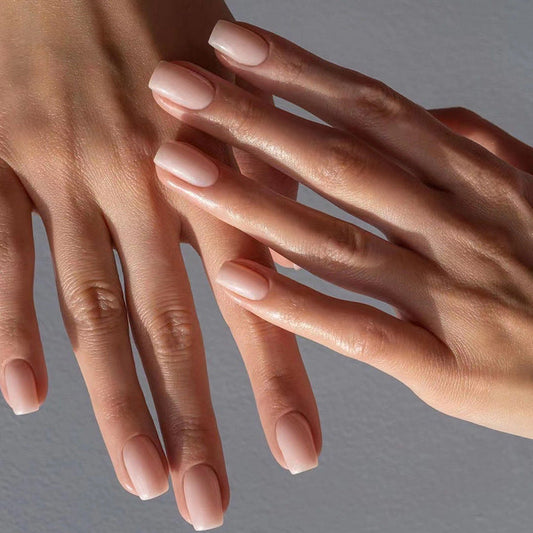Liquid Nails vs Super Glue: Which Adhesive is Right for You?
Liquid Nails vs Super Glue: Which Adhesive is Right for You?
When it comes to home repairs, DIY projects, or crafting, choosing the right adhesive is crucial for achieving the best results. Two popular options are Liquid Nails and Super Glue. But what exactly are the differences between these two adhesives, and how do you know which one to use for your specific project? Let's dive into the details.
Understanding Liquid Nails
Liquid Nails is a construction adhesive that excels at bonding heavy materials like wood, ceramic, and metal. It's designed for more permanent applications, making it ideal for projects such as securing panels, molding, or tile. The strength and durability of Liquid Nails come from its ability to withstand moisture and temperature fluctuations, making it suitable for indoor and outdoor use.
The Power of Super Glue
On the other hand, Super Glue, also known as cyanoacrylate adhesive, is a fast-bonding adhesive that is perfect for small, quick fixes. It works well on various surfaces, including plastic, glass, and metal. Super Glue is often the go-to choice for repairs like reattaching broken ceramic items or fixing small household items due to its rapid bonding capabilities.
Comparing Performance
Performance-wise, Liquid Nails is unmatched for heavy-duty projects, while Super Glue is favored for its quick application. If you are working on a significant construction task or something that requires robust support, Liquid Nails is your best bet. However, if you need to fix something in a hurry, Super Glue's fast-drying formula is the way to go.
Consideration of Use Cases
Choosing between Liquid Nails and Super Glue ultimately depends on your project needs. For instance, if you're assembling a wooden shelf, Liquid Nails will hold everything together securely. Conversely, if you accidentally broke a ceramic figurine, reach for Super Glue to make a speedy repair.
Conclusion
In summary, both Liquid Nails and Super Glue have their unique advantages. Consider the materials and the type of repair you are working on, and choose the adhesive that best fits your needs for optimal results.









